Is Occupant Wellness Driving Green CRE?
/The “Green Building Adoption Index” shows nearly 40% of all leasable space in the top 30 US market is either LEED certified or Energy Star labeled[1] - green commercial real estate (CRE) has grown, as well as technology alongside it (CRETech). We can’t help but ask, “What’s next?”
MACH’s Roving Reporter Tyson Mayeda brought back some interesting notes from a talk he attended on how buildings impact health & wellness, and how this impact makes a valuable business case in a scenario where Occupants are the main actors.
So how do buildings affect health? According to Dodge Analytics’ research on the matter, currently the following are addressing health in buildings[2]:
a) Use of daylight,
b) Low-VOC,
c) Non-toxic building materials,
d) Great ventilation strategies, and
e) Good acoustic comfort.
Business growth, building codes, and designers/architects are major drivers behind including occupant health for design and construction decisions. Employers and medical professionals think buildings influence wellness through the occupants’ both mental and physical health. Though many business owners agree it’s hard to measure building’s impacts on health, most of those who acknowledge the connection see the wellness of employees/building space occupants translatable with worker productivity. Thus, ROI, recruitment and retention are useful measuring criteria. Unfortunately in comparison, builders are not so driven to make health-conscious decisions, even in the evidence of a growing business case.
The wellness focus in occupant experience drives growing green commercial space, especially with growing millennial population and green momentum amongst tenants and the workforce. Here’s a simple calculation: the cost of rent is on average 1/10 the cost of the employees that occupy that space. Hence a small cost increase in rent for switching to green space can have a big improvement on mental and physical health, which boosts productivity of your larger expense (employees). Unforgettably, those green spaces require good strategies for tracking building efficiencies. The quality of commercial space matters to potential employees, and this is becoming a differentiator for these early adopters, especially evident in the competitive hiring markets. Bay Area, NYC, and other larger metro areas are all good examples. Study results illustrate how firms more active in green building (doing more than 60% of work green) are more aggressively addressing health in design and construction[3].
However, the case needs more research education, although here at MACH, we think it’s a worthwhile opportunity for building teams to explore methods of better occupancy and tenant retention.
For more information about healthy buildings, check out this link from one of the leading organizations in the space: http://delos.com/about/well-building-standard/
Chris Dunn at Dunn & Kelly has also given numerous presentations on topic: https://www.linkedin.com/in/chris-dunn-065a7717
What are your thoughts?
[1]http://www.bomaconvention.org/boma2015/public/SessionDetails.aspx?FromPage=SpeakerList.aspx&SessionID=654
[2] Ibid.
[3] Donna Laquidara-Carr, June 29th, 2015. Occupants' Outcomes Are Now Driving High-Performance Sustainable Buildings [PowerPoint Slide]

